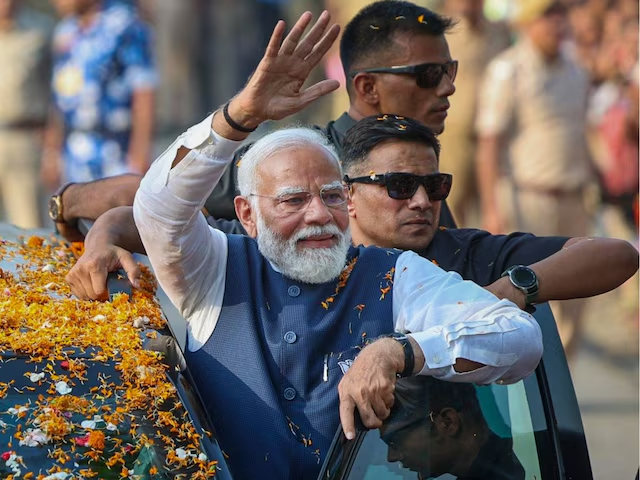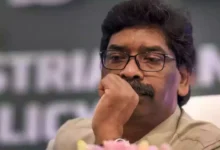The ‘100-Day Plan of Modi 3.0’: How Bureaucrats Are Putting in a Lot of Work During Election Season | Exclusive
Top bureaucrats in the capital are working nonstop since Prime Minister Narendra Modi hired them on March 3 to prepare the “100-day Action Plan” for the next administration, while politicians are occupied with election campaigns.

According to News18, all government secretaries have been assigned to one of ten sectoral groups where they are working on the “six building blocks” of the plan and presenting their findings to the Cabinet Secretary in order to finalize the document by the end of May. Work is completed both on the weekends and on holidays.
According to sources, on March 3, at a nine-hour meeting with all Secretaries, Prime Minister Modi said, “This election will be different.”Elections won’t stop routine work from happening.The election season does not affect the continuity of bureaucracy. He told the officers that “bureaucrats had forgotten what is a Sunday” under his administration and urged them to focus on the 100-day plan’s “low-hanging fruits” rather than “think big.”
The prime minister assured officials that “when I come back in June, I will review the 100-day and 5-year plan.” By the third week of June, all chief ministers are anticipated to attend an NITI Aayog meeting where the plans would be explained.
According to information obtained by News18, the goal for the first 100 days is to create a “citizen-empowered government” with a strong emphasis on the use of artificial intelligence, digital empowerment, and technological adoption. “Macroeconomy, empowered citizens, thriving and sustainable economy, technology and innovation leadership, effective governance, and Bharat as Vishwabandhu” are the six pillars that the secretaries selected for the 100-day plan.
EVERYTHING THAT’S AVAILABLE
It is anticipated that over the first 100 days, the main priorities would be increased citizen empowerment, institutional strengthening, well-defined goals and objectives, data-driven governance, and a review of regulations.
According to sources who spoke with News18, some of the major initiatives under consideration include a “Jan Vishwas 2.0” initiative to review laws in order to lessen the burden of compliance on citizens; operationalizing the anti-paper leak Bill; introducing a new Right to Services Bill; establishing a system for the digital delivery of all citizen services; initiating an e-passport pilot program; digitizing 100 crore pages of district and subordinate court cases; authorizing projects worth Rs 4,000 crore for the Northeast; operationalizing six new foreign missions and two consulates; and announcing upcoming Global Media and Entertainment Summit.
Many had assumed, according to a source, that the March 3 meeting with the PM was more of a “farewell meeting” for the government’s second term, but Modi actually spent over nine hours with the secretaries before meeting with the Council of Ministers. Modi previously carried out a 100-day plan exercise in 2019, but according to insiders, this one is distinct since the aim is more ambitious. “The 5-year plan, which is a component of Vision 2047, is fed into the 100-day plan.” A source said, “The Modi government is working on a big pitch.”
According to a source, the prime minister has also requested that a committee be established to examine how the nation’s demographics are changing, particularly with regard to the rise in nuclear families and the number of elderly people living alone. In addition to English and Hindi, there has been talk of the Union government’s official communication being in Tamil, because the PM recently discussed the advancement of Tamil in an interview.
Additionally, PM Modi has instructed authorities to correct regional imbalances, maintain an emphasis on the Northeast, and boost the nation’s involvement in international organizations. Within the first 100 days of the new administration, there will probably be a thorough examination of IAS training and cadre allotment guidelines. PM Modi’s primary focus is on implementing a “saturation approach” to government programs in order to assist every last citizen.
“Women-led development,” “green economy beyond survival,” “city agglomerations as vibrant socio-economic epicentres,” and “India becoming a start-up ecosystem for the world” are some of the major topics around which the 100-day plan is being created. If elected to a third term, the Modi administration would also embark on a national litigation policy, negotiate an extradition agreement with Italy, and rework DD News and Prasar Bharti.







